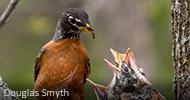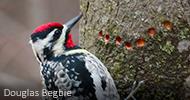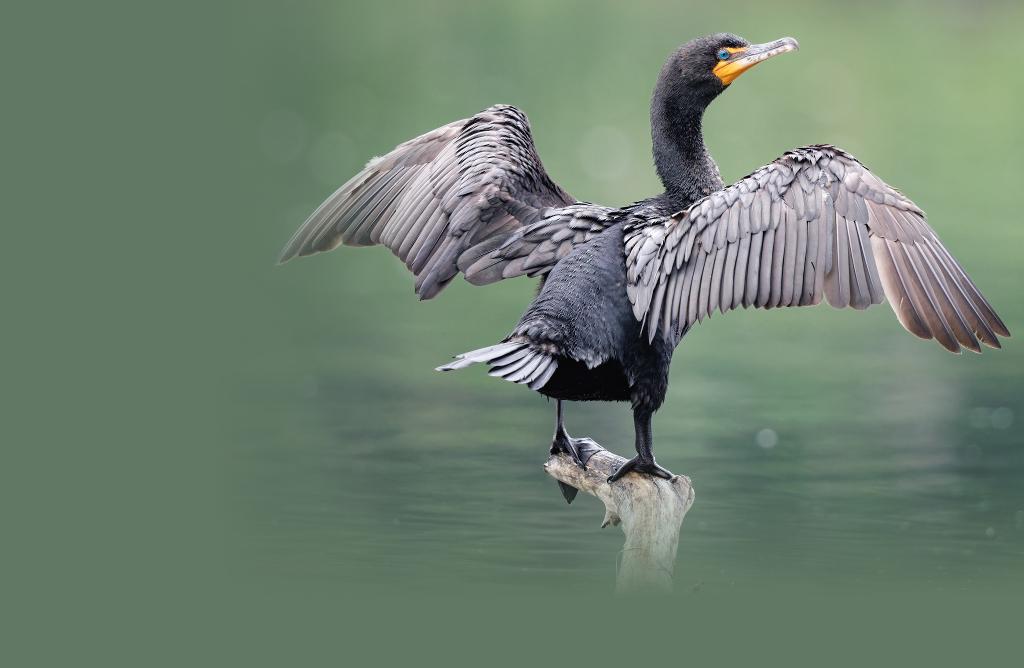The thin, white line for which the White-faced Ibis is named provides contrast for its bright pink facial skin and iridescent, bronzy plumage. A bird of prairie marshes and wet fields, the ibis probes its long, curved beak into the soil to find hidden invertebrates.
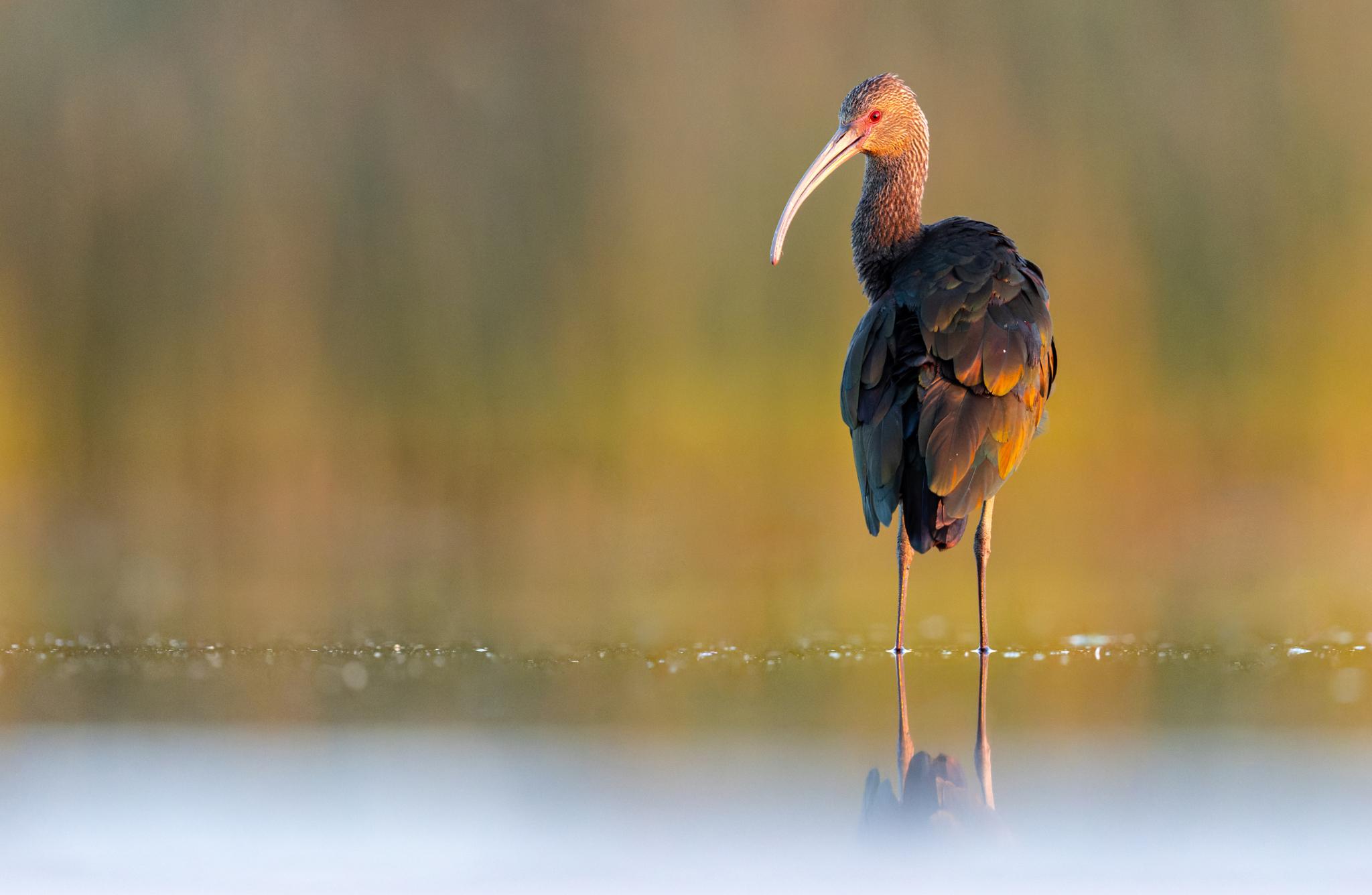
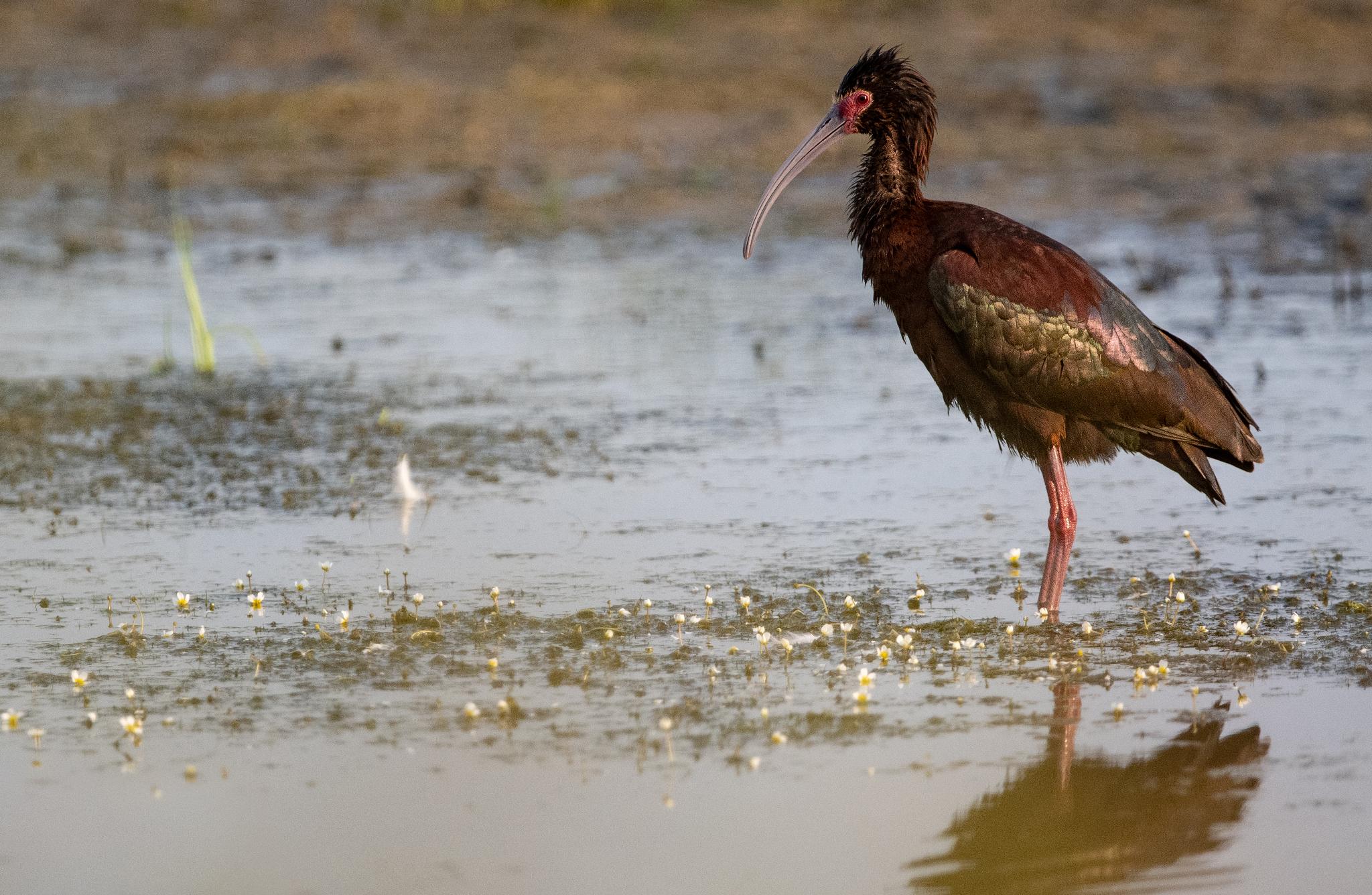
Change media quality
Change image quality to reduce page loading times
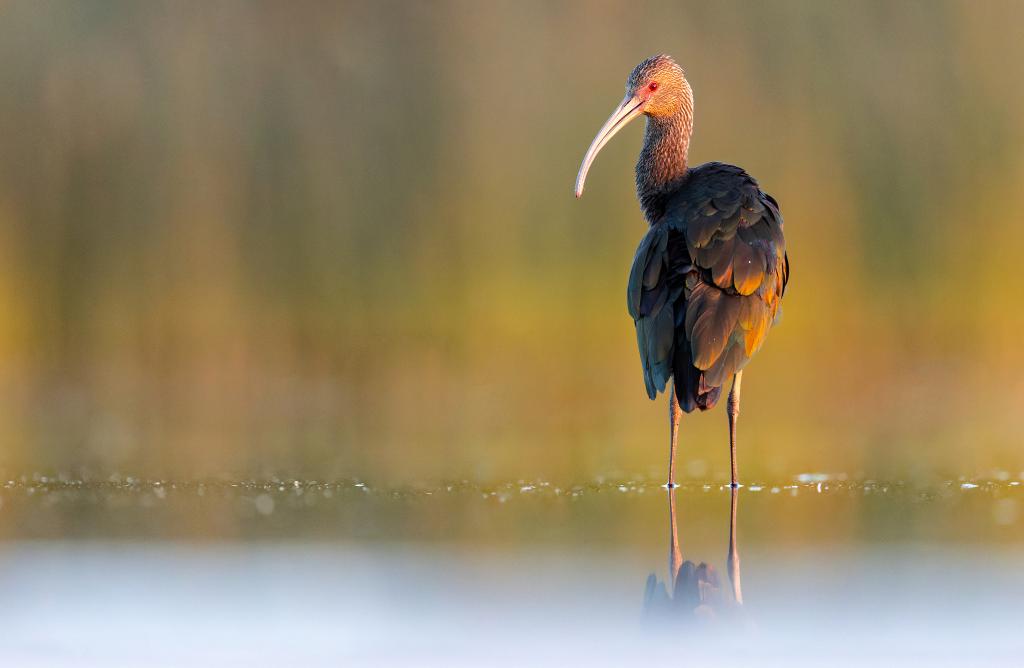 White-faced Ibis
White-faced Ibis
The White-faced Ibis is at the northern edge of its breeding range in wetlands of southern Alberta, Saskatchewan, and Manitoba. The North American population overwinters from the southwestern United States to the Pacific Coast of Central America. White-faced Ibis was first reported in the Canadian Prairies in 1941 and expanded its range during the 1970s, but the population increase has been most notable since the early 2000s and has shown a very large increase since 1970. There are approximately 22,000 individuals in Canada, representing 0.2% of the global population and a very low degree of responsibility for Canada. The Breeding Bird Survey indicates a long-term large increase of over 200,000% in the Canadian population, with very high confidence. The national population of White-faced Ibis is within its goal range.






The best source of information on the population status of White-faced Ibis in Canada is the Breeding Bird Survey (BBS). The BBS shows a very large increase in the size of the Canadian population, with the rate of growth still accelerating, to nearly 10% per year over the past decade. Although precision is considered low because of considerable uncertainty in earlier years, the survey covers the Canadian range well, and the magnitude of the increase allows for very high confidence in the trend.
The goal for White-faced Ibis is to remain at or above its recent population level, based on the Breeding Bird Survey. Trend data show that White-faced Ibis is currently within its goal range.
| Designation | Geographic Area | Status | CITATION |
|---|---|---|---|
| IUCN | Global | Least Concern | |
| Wild Species | Canada | Apparently secure |
The thin, white line for which the White-faced Ibis is named provides contrast for its bright pink facial skin and iridescent, bronzy plumage. A bird of prairie marshes and wet fields, the ibis probes its long, curved beak into the soil to find hidden invertebrates.
White-faced Ibis is primarily reported between April and October in Canada, as it migrates south in the nonbreeding season.
